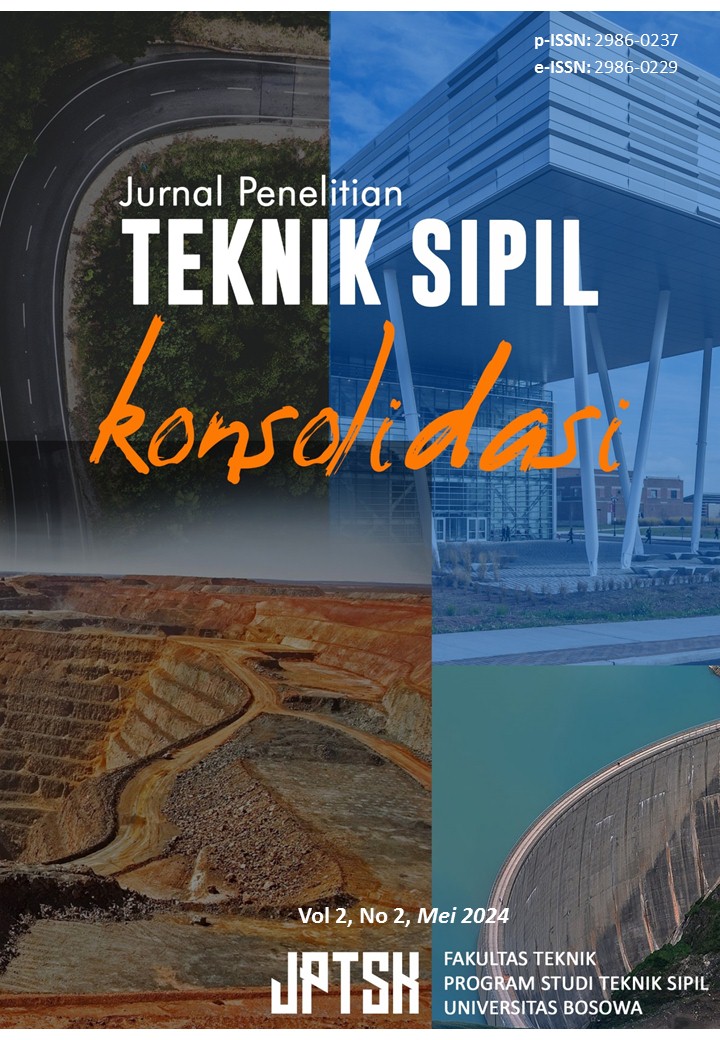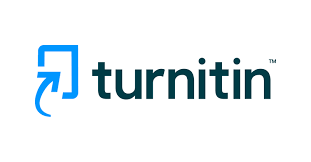Analisis Sistem Irigasi Sawah Tadah Hujan di Kecamatan Tompobulu Kabupaten Bantaeng
DOI:
https://doi.org/10.56326/jptsk.v2i2.3394Keywords:
Sawah Tadah Hujan, Siklus Hidrologi, Pola Tanam, IrigasiAbstract
Irrigation is an effort to bring in water by making it buildings and channels to paddy fields or fields according to plant needs. Around 86% of national rice production comes from irrigated rice fields. The aim of this research is to determine the irrigation system for rainfed rice fields and sources of rainfall water for irrigation of rainfed rice fields in Tompobulu District, Bantaeng Regency. This research method uses a qualitative descriptive method, with data collection techniques, namely surveys and observations. The results of the analysis show that the Tompobulu District Irrigation Area uses a non-technical irrigation system where the irrigation network is usually managed independently by farmer groups by relying on rainfall in rice fields without permanent buildings. The irrigation area has an irrigation area of 557 ha. The source of irrigation for rainfed rice fields in Tompobulu District comes from rainfall that falls directly on the rice fields to be used as a source of irrigation water in the irrigation areas.
References
Arafah. (2009). Pedomen Teknis Perbaikan Kesuburan Lahan Sawah Berbasis Jerami. Jakarta: PT. Gramedia.
Ardi. (2013). Hasil Besar dari Irigasi Kecil. Jakarta
Hariyanto, A. W. (2014). Penerapan Irigasi Penggerak Pompa Elektrik di Kecamatan Cepu STTR Cepu. Jurnal Simetris Sipil, 3(16).
Husain, I., Harahap, R. A. G., Harahap, R. I. V., Daulay, M. V., & Meilina, I. (2023). Peran Masyarakat dalam Pemanfaatan dan Pelestarian Saluran Irigasi untuk Persawahan di Desa Pasar Matanggor Kec Batang Onang Kab Padang Lawas Utara. Journal of Human and Education. 3(2), 365-371
Mawardi, Muhjidin. (2016). Irigasi Asas dan Praktek. Yogyakarta: Bursa Ilmu.
Mutardo, D. A., & Suharjo, I. (2022). Rancang Bangun Smart Irrigation Tanaman Cabai Berbasis IoT. Jurnal Information System & Artificial Intelligence. 3(1), 57-64.
Rachmad, N. (2009). Irigasi dan Tata Guna Lahan. PT. Gramedia.
Ruminta. (2016). Analisis Penurunan Produksi Tanaman Padi Akibat Perubahan Iklim Di Kabupaten Bandung Jawa Barat. Jurnal Kultivasi, 15(1), 37–45.
Setiawan, E., Saputra, I. H., & Tjandra, A. A. (2022). Analisis Pemenuhan Air Irigasi Lahan Pertanian Desa Sumberagung Kecamatan Danber. 7(2), 47-61.
Sosrodarsono, S., & Takeda, K. (2003). Hidrologi Untuk Pengairan. Pradna Paramita.
Sunarya, A. A., & Rahmadi, A. (2018). Potensi dan Strategi Permasalahan Air pada Sawah Tadah Hujan: Studi Kasus di Kelurahan Cimencrang, Bandung Timur, Jawa Barat.
Triadmojo, B. (2008). Hidrologi Terapan. Beta Offset.
Wiyono, S. (2007). Perubahan Iklim dan Ledakan Hama Penyakit Tanaman, Keanekaragaman Hayati di Tengah Perubahan Iklim, Tantangan Masa Depan Indonesia. KEHATI.
Downloads
Published
Issue
Section
License
Copyright (c) 2024 Yunita Yunita, Andi Rumpang Yusuf, Burhanuddin Badrun

This work is licensed under a Creative Commons Attribution 4.0 International License.










